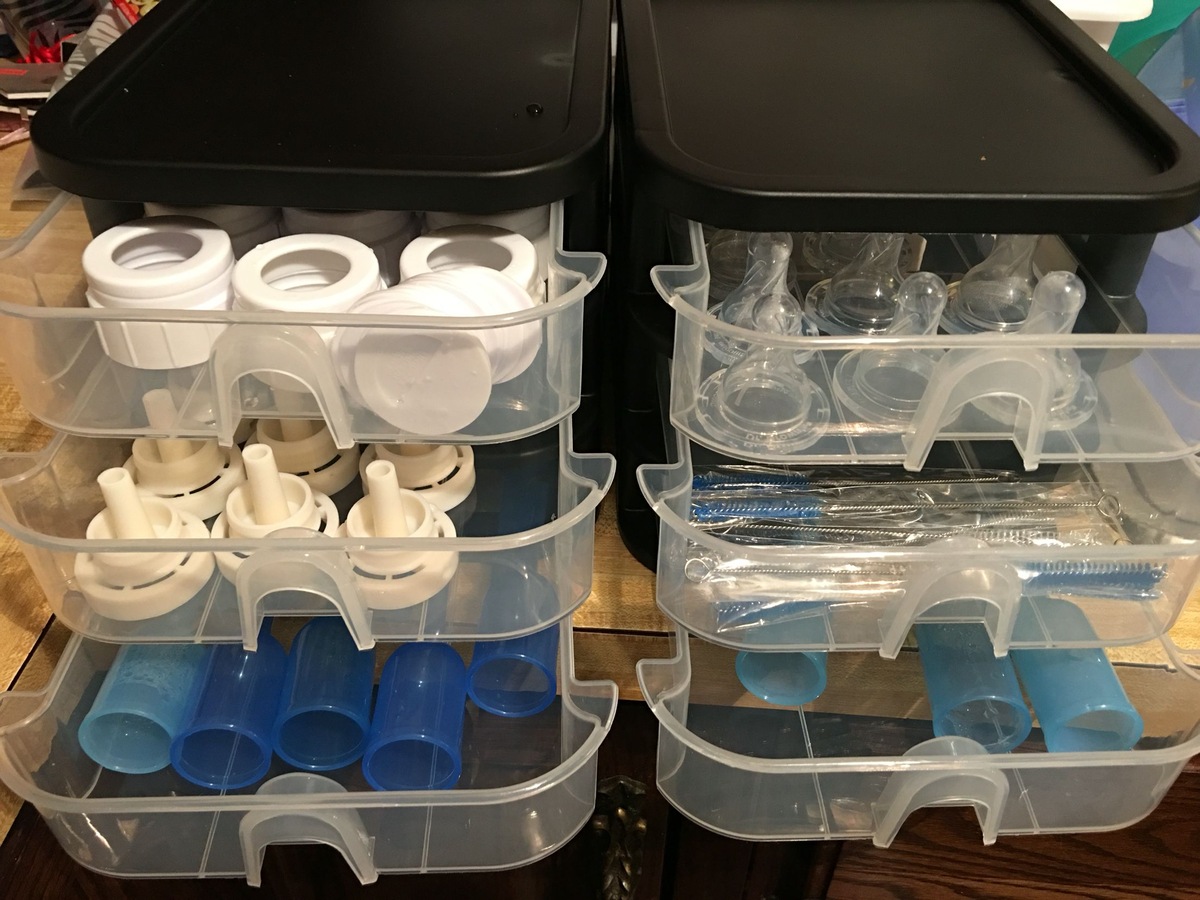

Articles
How To Store Clean Baby Bottles
Modified: February 26, 2024
Learn the best ways to safely store clean baby bottles with our informative articles. Keep your little one healthy and happy with proper bottle storage techniques.
(Many of the links in this article redirect to a specific reviewed product. Your purchase of these products through affiliate links helps to generate commission for Storables.com, at no extra cost. Learn more)
Introduction
Welcome to our comprehensive guide on how to store clean baby bottles. As parents, we know just how important it is to ensure the cleanliness and safety of our baby’s feeding equipment. Properly storing clean baby bottles not only keeps them hygienic but also extends their lifespan, saving both time and money. In this article, we will walk you through the steps to effectively store clean baby bottles, from cleaning and drying to choosing the right storage solution and maintaining cleanliness over time.
Before we dive into the details, it’s important to emphasize the significance of clean baby bottles. Babies have delicate immune systems, making them more susceptible to bacteria and germs. As such, it is crucial to wash and sanitize baby bottles regularly to prevent the risk of infections and illnesses.
Now, let’s get started on how to properly store clean baby bottles so that you can provide the best and safest feeding experience for your little one.
Key Takeaways:
- Properly storing clean baby bottles is crucial for your baby’s health. Follow the steps outlined to maintain cleanliness, prolong bottle lifespan, and provide a hygienic feeding experience.
- Regularly inspect, rotate, and maintain cleanliness of stored baby bottles to ensure safety and hygiene. Prioritize your baby’s health by following these essential steps.
Read more: How To Store Baby Bottles
Step 1: Cleaning the Baby Bottles
The first step in properly storing baby bottles is to ensure they are thoroughly cleaned. Here’s a step-by-step guide on how to clean baby bottles effectively:
- Disassemble the Bottle: Start by unscrewing the bottle and separating it into its individual components, including the nipple, collar, and bottle itself. This will make it easier to clean each part separately.
- Rinse with Warm Water: Rinse each component of the baby bottle under warm running water to remove any leftover milk or formula residue. Use your fingers or a bottle brush to gently scrub the inside and outside of the bottle.
- Use Mild Soap: Apply a small amount of mild dish soap to a bottle brush or sponge. Scrub the inside and outside of the bottle, paying special attention to the nipple and collar. Ensure that all surfaces are thoroughly cleaned.
- Rinse Thoroughly: Rinse the bottle, nipple, and collar under running water to remove any soap residue. Make sure to rinse all parts thoroughly to avoid leaving behind any cleaning agents that could be harmful to your baby.
- Sanitize (Optional): If desired, you can sanitize the baby bottles by using a sterilizer or by boiling them in water for a few minutes. This step is particularly important for newborns or babies with weaker immune systems.
- Allow to Air Dry: After cleaning, place all the components of the baby bottle on a clean drying rack or towel. Allow them to air dry completely before storing to prevent the growth of bacteria or mold.
Remember to always follow the manufacturer’s instructions for cleaning and sanitizing your specific brand of baby bottles. Some bottles may have specific care instructions that differ from the general guidelines outlined above.
By following these steps, you can ensure that your baby bottles are thoroughly cleaned and ready for safe storage.
Step 2: Drying the Baby Bottles
Once you have cleaned the baby bottles, it’s crucial to ensure that they are properly dried before storing them. Here’s how to effectively dry your baby bottles:
- Shake off Excess Water: After rinsing the bottles, give them a gentle shake to remove any excess water. This will help speed up the drying process.
- Use a Clean Towel or Drying Rack: Place the baby bottles, nipples, and collars on a clean towel or a specialized drying rack. Make sure the items are spread out to allow for adequate airflow.
- Avoid Using Cloth Towels: It’s best to avoid using cloth towels to dry baby bottles, as they can potentially harbor bacteria. Instead, opt for a dedicated bottle drying rack, which allows proper ventilation.
- Air Dry Completely: Set the baby bottles aside and allow them to air dry completely. This may take a few hours, depending on the humidity in your environment.
- Check for Moisture: Before storing the baby bottles, double-check that there is no moisture remaining on the bottles, nipples, or collars. Moisture can create a breeding ground for bacteria and mold if not properly dried.
- Inspect for Drying Issues: During the drying process, check for any signs of damage or wear on the bottles and nipples. Cracks or tears can compromise their integrity and necessitate replacement.
Properly drying the baby bottles ensures that no moisture remains, reducing the risk of bacterial growth and contamination. It is essential to prioritize thorough drying before moving on to the next step of storing the bottles.
Step 3: Choosing a Storage Solution
Once your baby bottles are clean and dry, it’s time to consider the storage solution that best suits your needs. Here are a few options to consider:
- Bottle Drying Rack: A bottle drying rack is not only great for drying baby bottles but also serves as a convenient storage solution. These racks have designated slots or pegs to hold each bottle upright, allowing for proper air circulation. Look for a drying rack with enough space to accommodate all your baby bottles and accessories.
- Storage Bins or Baskets: If you prefer a more organized approach, consider using storage bins or baskets specifically designed for baby bottles. These containers typically have compartments to keep bottles and their parts separate. Label the bins or baskets for easy access and retrieval.
- Cabinet or Cupboard: If you have ample cabinet or cupboard space in your kitchen, you can dedicate a specific area for storing clean baby bottles. Make sure the area is clean, dry, and free from any potential contaminants.
- Travel Containers: If you’re frequently on the go, investing in travel containers can be a practical solution. These containers are designed to hold a few clean baby bottles and keep them secure while you’re out and about.
- Refrigerator or Freezer: If you plan on storing pre-prepared bottles or breast milk, you may consider using your refrigerator or freezer. Make sure to use sealed containers or bags specifically designed for storing breast milk. Be mindful of storage duration guidelines to ensure optimal freshness and safety.
When choosing a storage solution, consider factors such as convenience, space availability, and ease of access. It’s also important to prioritize hygiene by selecting storage options that keep the bottles and their accessories clean and well-ventilated.
No matter which storage solution you choose, ensure that the area is kept clean and free from potential contaminants to maintain the cleanliness and safety of the stored baby bottles.
After washing baby bottles, store them in a clean, dry area with good air circulation to prevent the growth of bacteria. Avoid stacking wet bottles to prevent mold growth.
Step 4: Storing Baby Bottles Safely
Now that you have cleaned the baby bottles, thoroughly dried them, and chosen a suitable storage solution, it’s time to focus on storing the bottles safely. Follow these guidelines to ensure the safety of your stored baby bottles:
- Keep the Storage Area Clean: Before placing the baby bottles into storage, ensure that the storage area is clean and free from any dust, dirt, or potential contaminants. Regularly clean and disinfect the storage space to maintain a hygienic environment.
- Avoid Direct Sunlight: Store the baby bottles away from direct sunlight or heat sources. Prolonged exposure to sunlight or heat can degrade the quality of the bottles and the integrity of the nipple.
- Maintain Adequate Ventilation: Good ventilation is essential to prevent the growth of bacteria or mold. Make sure there is enough airflow in the storage area or container to keep the baby bottles dry and fresh.
- Keep Away from Chemicals: Ensure that the storage area is free from any chemicals, cleaning agents, or other substances that could contaminate the baby bottles. Avoid storing them near strong-smelling substances or cleaning products.
- Avoid Overcrowding: Do not overcrowd the storage area or container. Allow enough space between each bottle to prevent them from touching and potentially causing damage or knocking each other over.
- Use First-In, First-Out Method: If you are storing multiple bottles, adopt a “first-in, first-out” approach. This means using the oldest bottle first to ensure they are used within their recommended expiration dates.
- Regularly Check for Contamination: Periodically inspect the stored baby bottles for any signs of contamination such as mold, discoloration, or unpleasant odors. If you notice any issues, discard the affected bottles and clean the storage area thoroughly.
By following these safety guidelines, you can ensure that your stored baby bottles remain clean and safe for your baby to use when needed.
Read more: How To Store Sterilized Baby Bottles
Step 5: Maintaining Cleanliness of Stored Baby Bottles
Keeping the stored baby bottles clean and hygienic is just as important as the cleaning and storage process itself. Follow these steps to maintain the cleanliness of your stored baby bottles:
- Regularly Inspect the Bottles: Periodically check the condition of the stored baby bottles. Look for any signs of damage, discoloration, or contamination. If you notice any issues, discard the affected bottles and replace them with new ones.
- Wash Hands Before Handling: Before handling the stored baby bottles, wash your hands thoroughly with soap and water. This helps minimize the transfer of bacteria or germs to the bottles.
- Use Clean Storage Containers: If you are using storage containers or bins, ensure that they are cleaned regularly to prevent the accumulation of dust or dirt. Clean the containers with warm soapy water and rinse them thoroughly before placing the baby bottles back in.
- Regularly Rotate Stock: To prevent the build-up of bacteria or mold, it’s important to rotate the stored baby bottles regularly. Use the “first-in, first-out” method mentioned earlier, ensuring that the oldest bottles are used first before moving on to the newer ones.
- Wash Bottles Before Use: Before using a stored baby bottle, give it a thorough inspection and wash it with warm soapy water. This will remove any dust or residue that may have accumulated during storage.
- Regularly Sterilize if Required: Depending on your baby’s age and immune system, you may need to periodically sterilize the bottles, even while in storage. Follow the manufacturer’s guidelines for sterilization methods and frequency.
- Store in a Controlled Environment: Ensure that the storage area or container is kept in a clean and controlled environment. Keep the area away from excessive humidity, extreme temperatures, and potential sources of contamination.
Regularly maintaining the cleanliness of the stored baby bottles is crucial for your baby’s health and well-being. By following these steps, you can ensure that the bottles remain safe and hygienic for their intended use.
Conclusion
Properly storing clean baby bottles is essential for ensuring the health and safety of your little one. By following the steps outlined in this guide, you can maintain the cleanliness and integrity of the bottles, prolonging their lifespan and providing a hygienic feeding experience for your baby.
From cleaning and drying the baby bottles to choosing the right storage solution and maintaining cleanliness over time, each step plays a crucial role in keeping the bottles safe and free from contaminants. Remember to regularly inspect the bottles, wash your hands before handling them, and use clean storage containers to minimize the risk of bacteria or mold accumulation.
Additionally, maintaining a clean storage area or container and regularly rotating stock using the “first-in, first-out” method will ensure that the bottles remain fresh and in optimal condition. When it comes to using the stored baby bottles, always remember to wash them before use and follow any specific sterilization recommendations based on your baby’s age and immune system.
By paying attention to the details and taking proactive measures to maintain cleanliness, you can provide your baby with a safe and hygienic feeding environment. Now that you have the knowledge and understanding of how to store clean baby bottles, you can confidently navigate through the process and prioritize your baby’s health and well-being.
Remember, each baby bottle deserves proper care and attention to maintain its quality, so be sure to incorporate these steps into your routine to ensure the best possible feeding experience for your little one.
Frequently Asked Questions about How To Store Clean Baby Bottles
Was this page helpful?
At Storables.com, we guarantee accurate and reliable information. Our content, validated by Expert Board Contributors, is crafted following stringent Editorial Policies. We're committed to providing you with well-researched, expert-backed insights for all your informational needs.
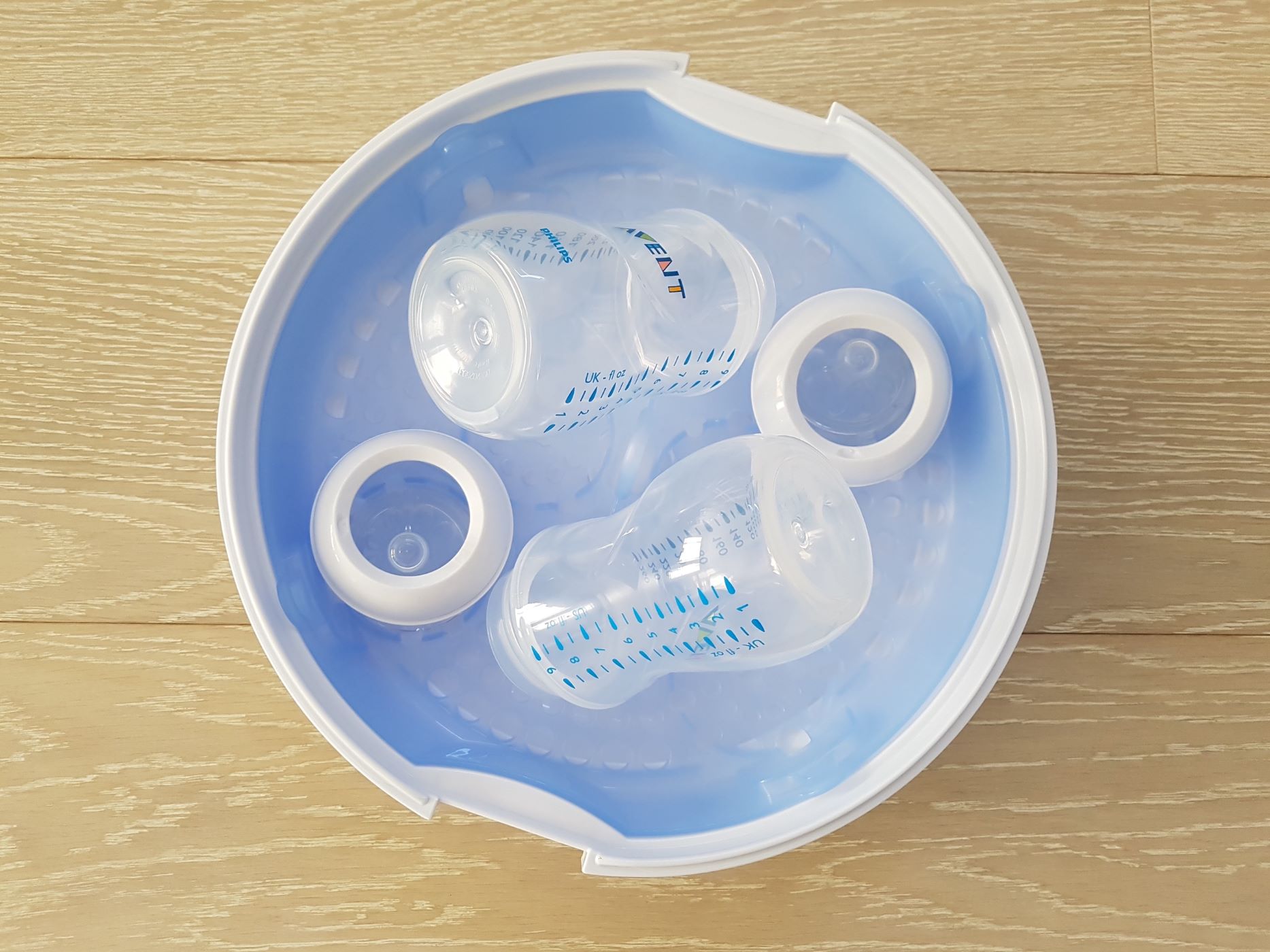
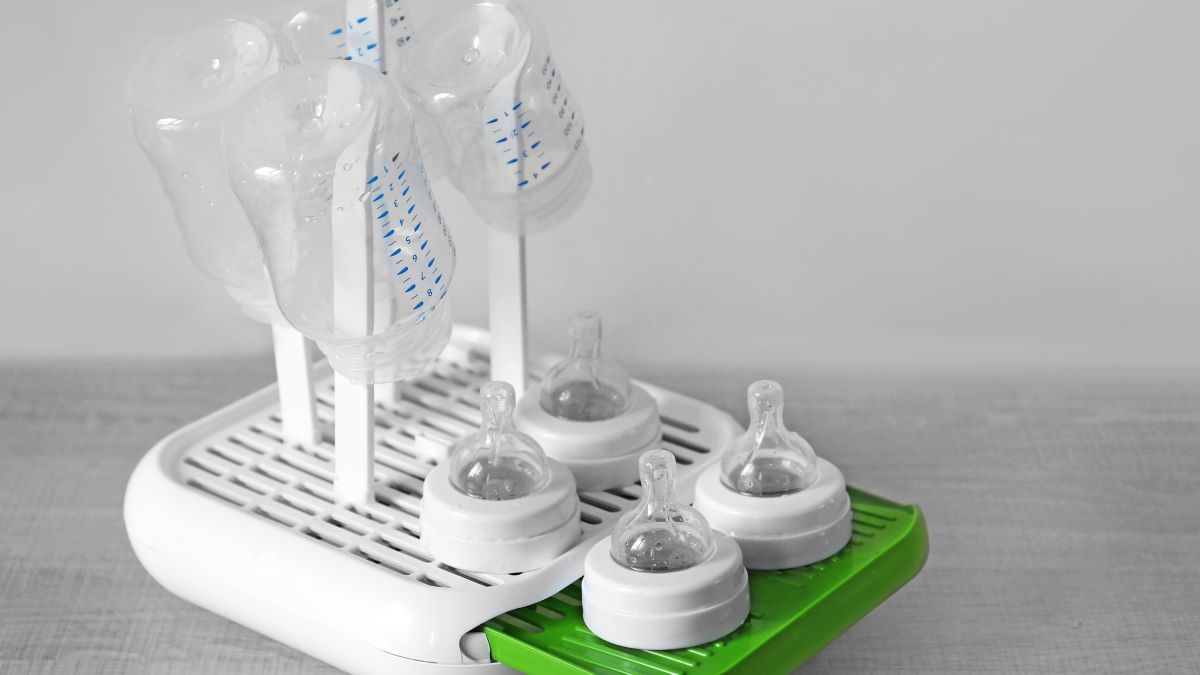
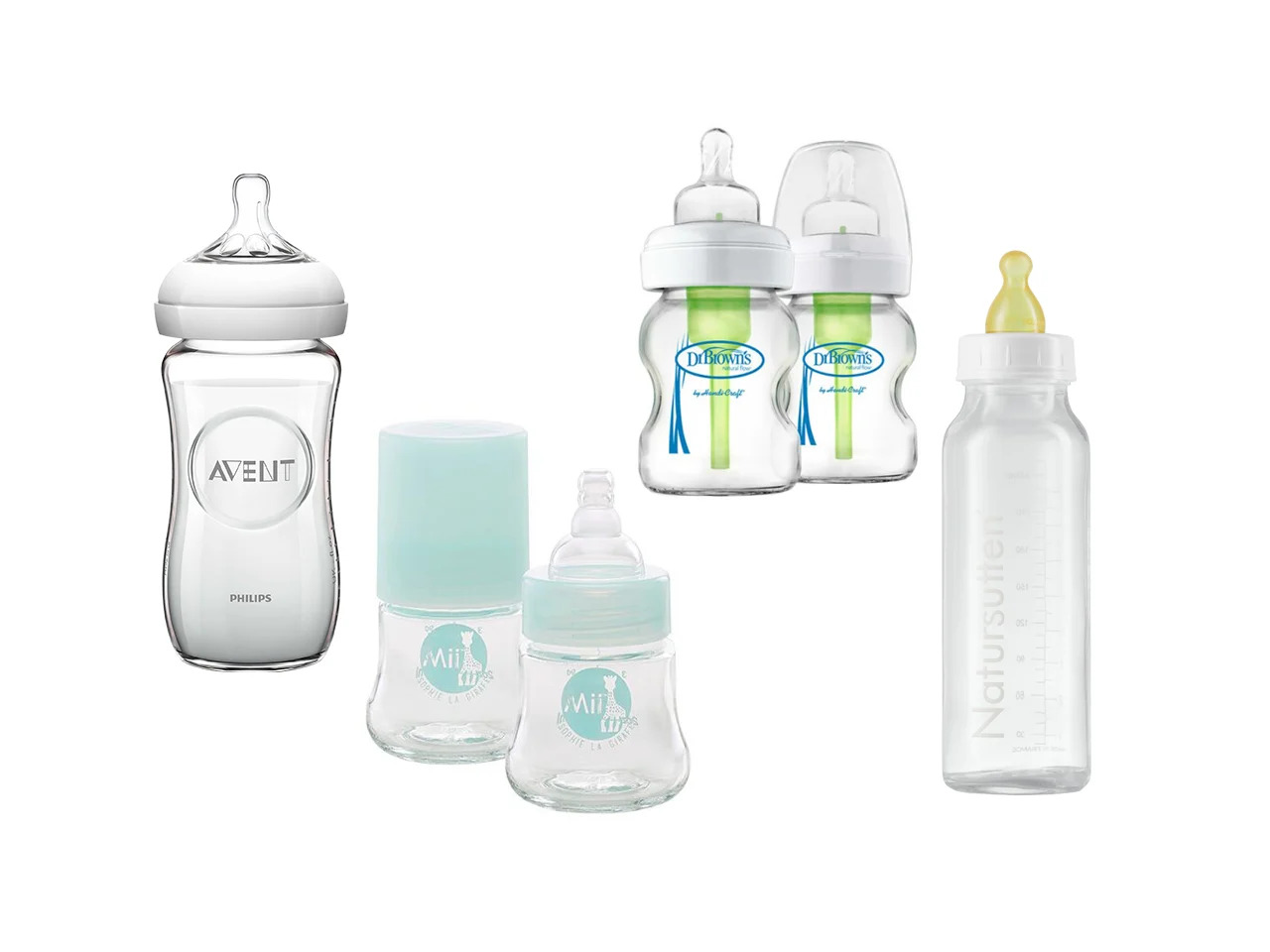
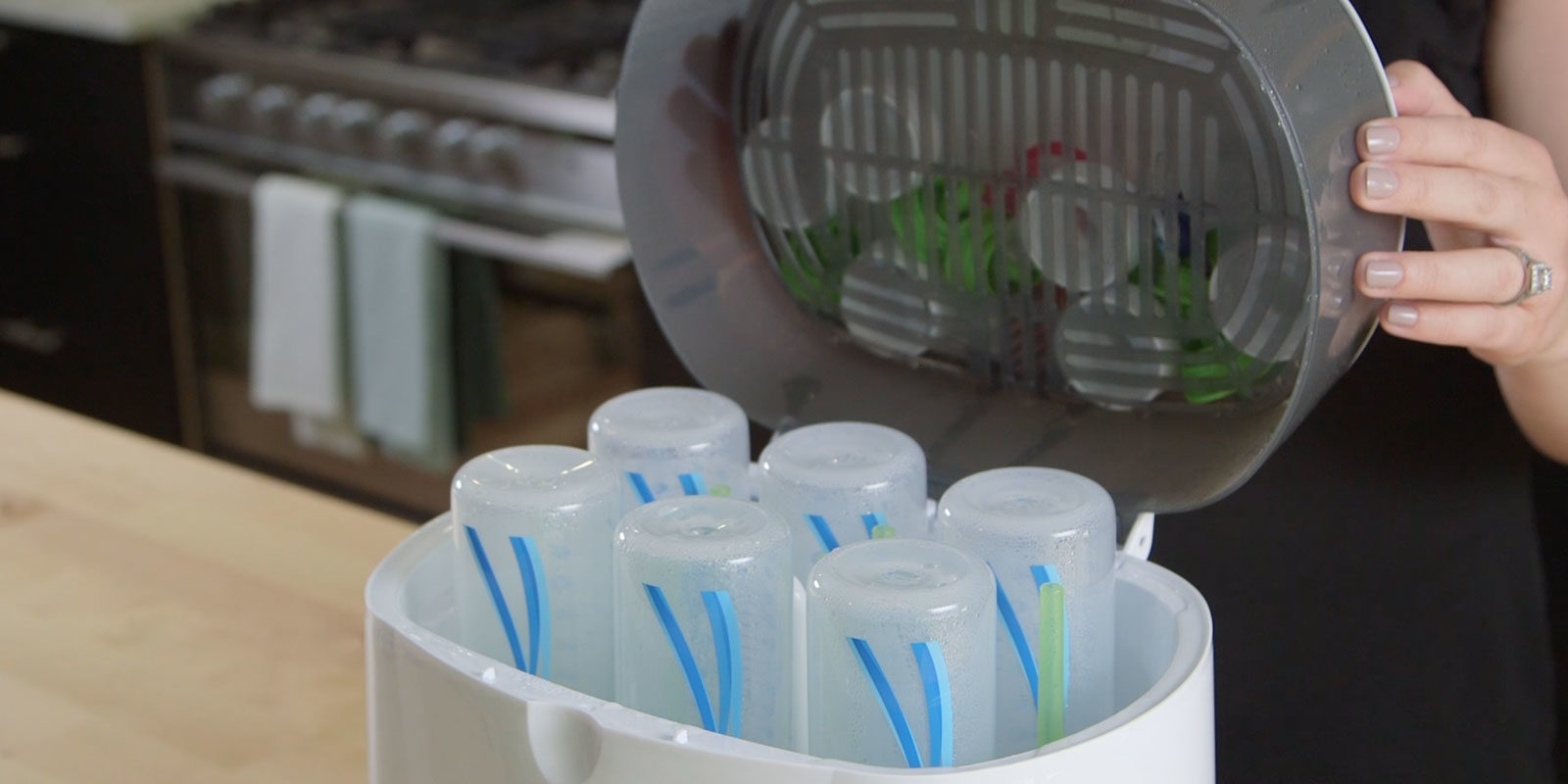
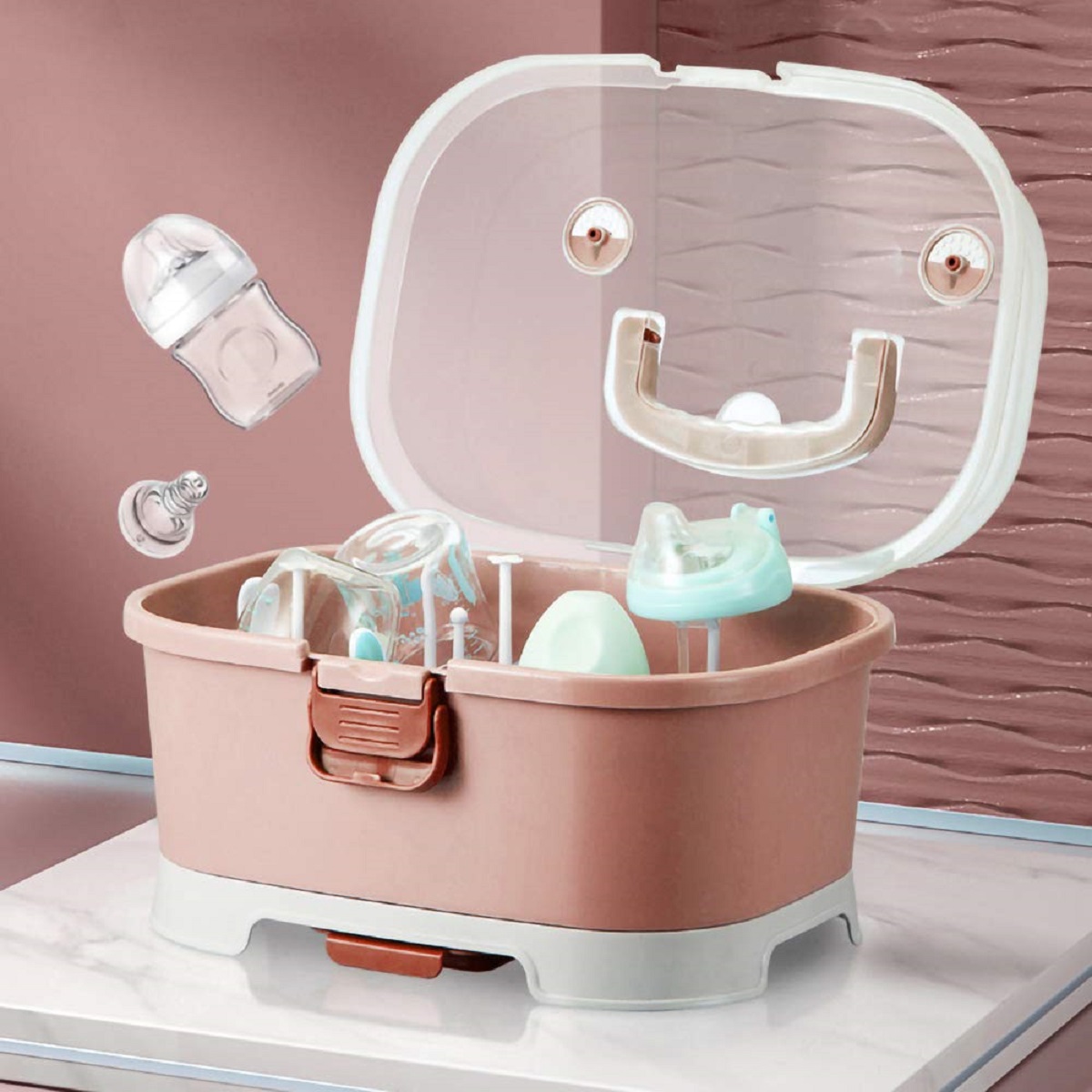
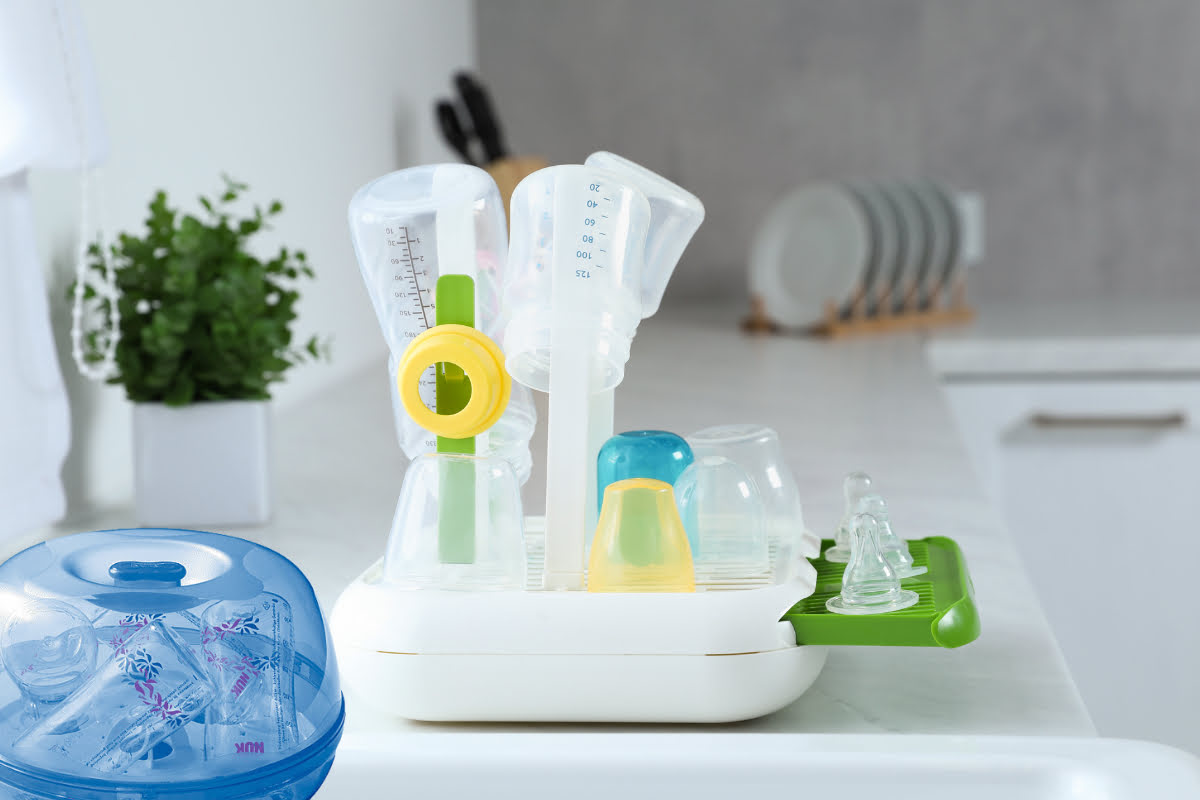
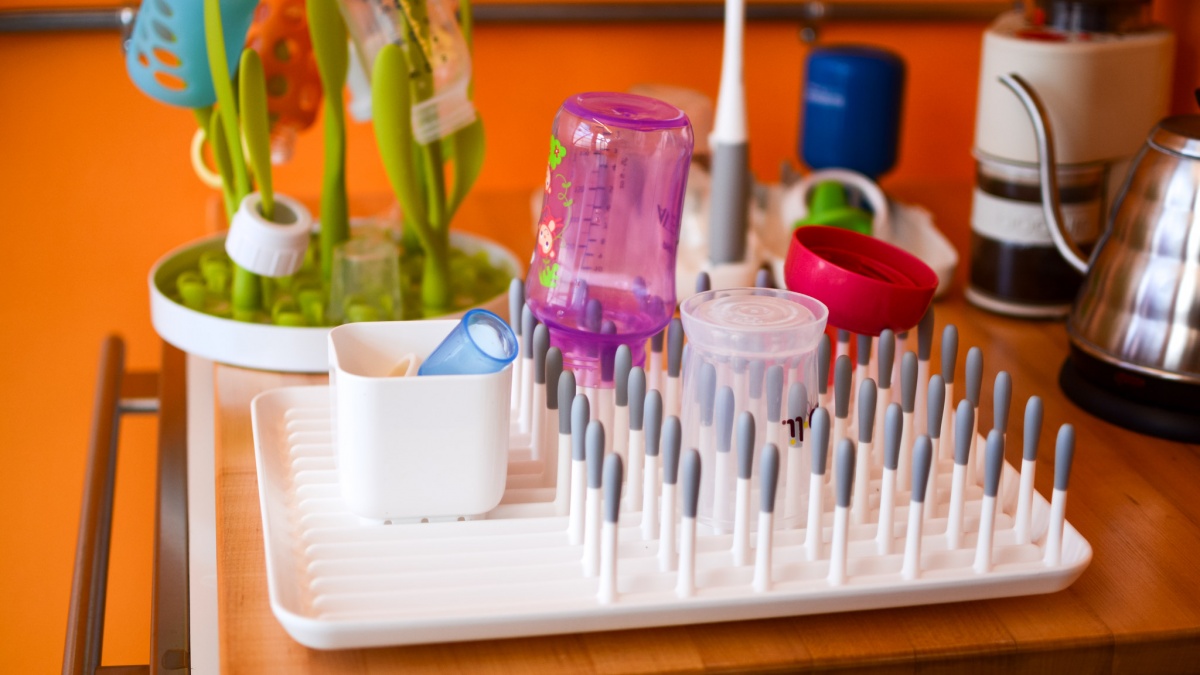
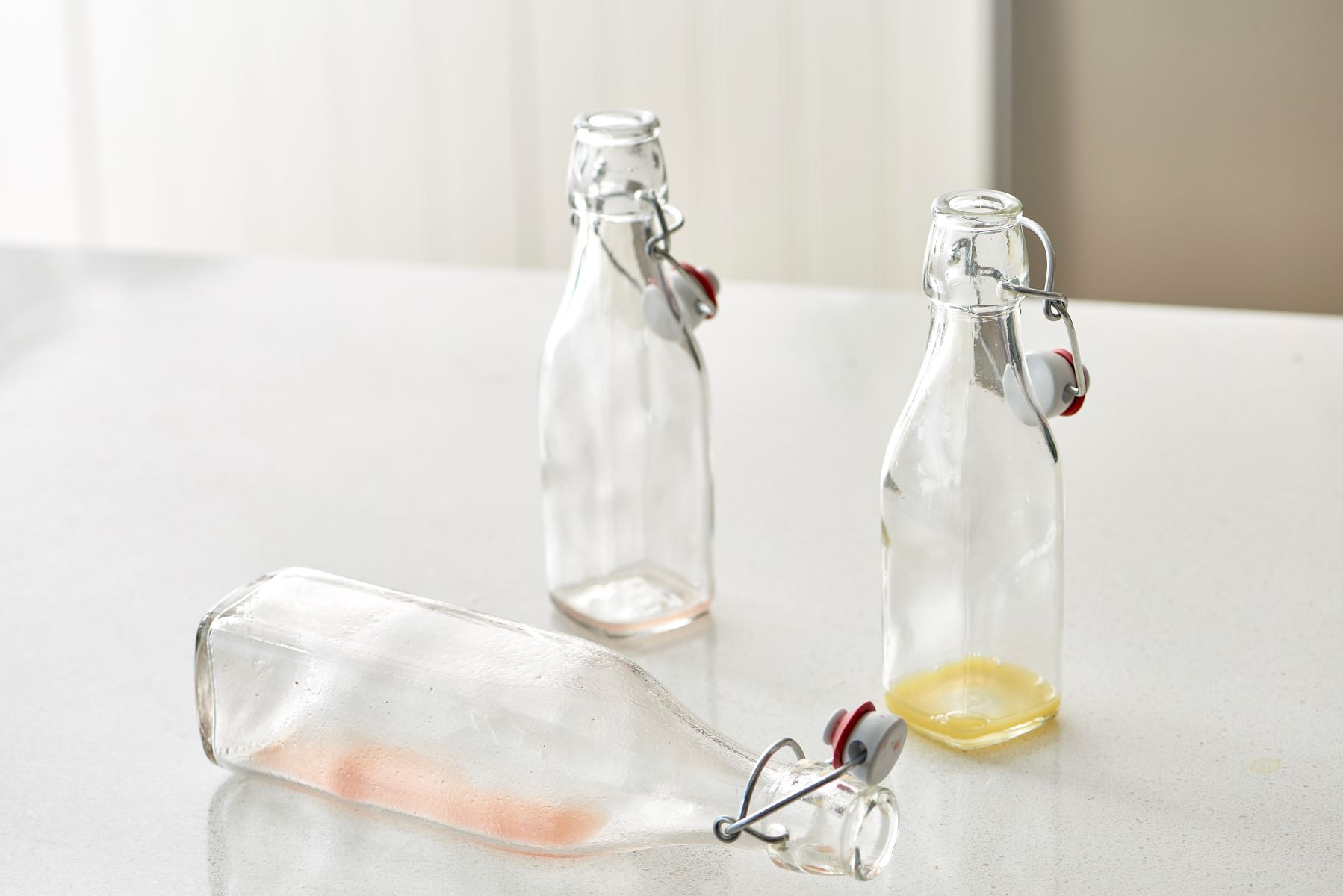
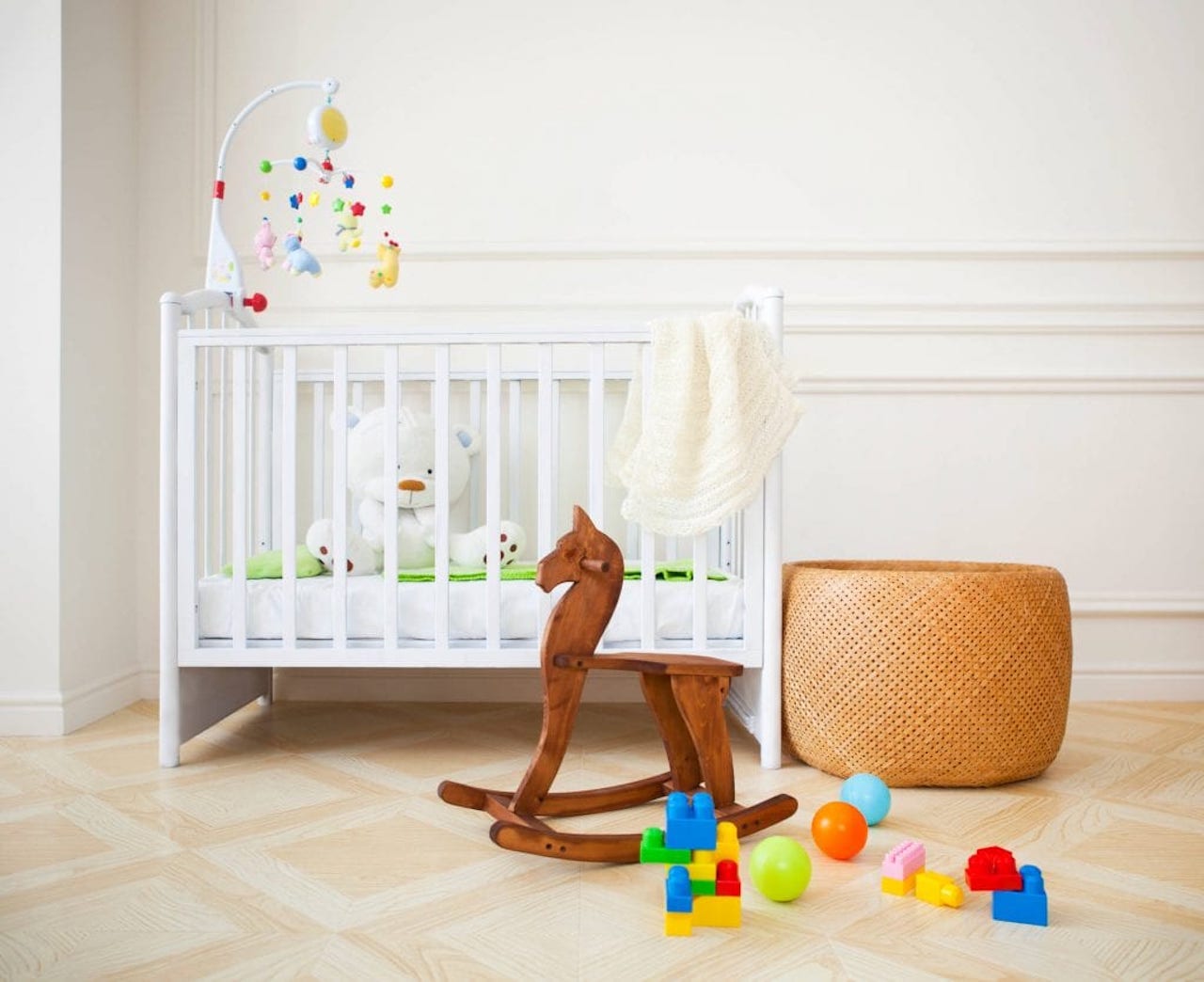
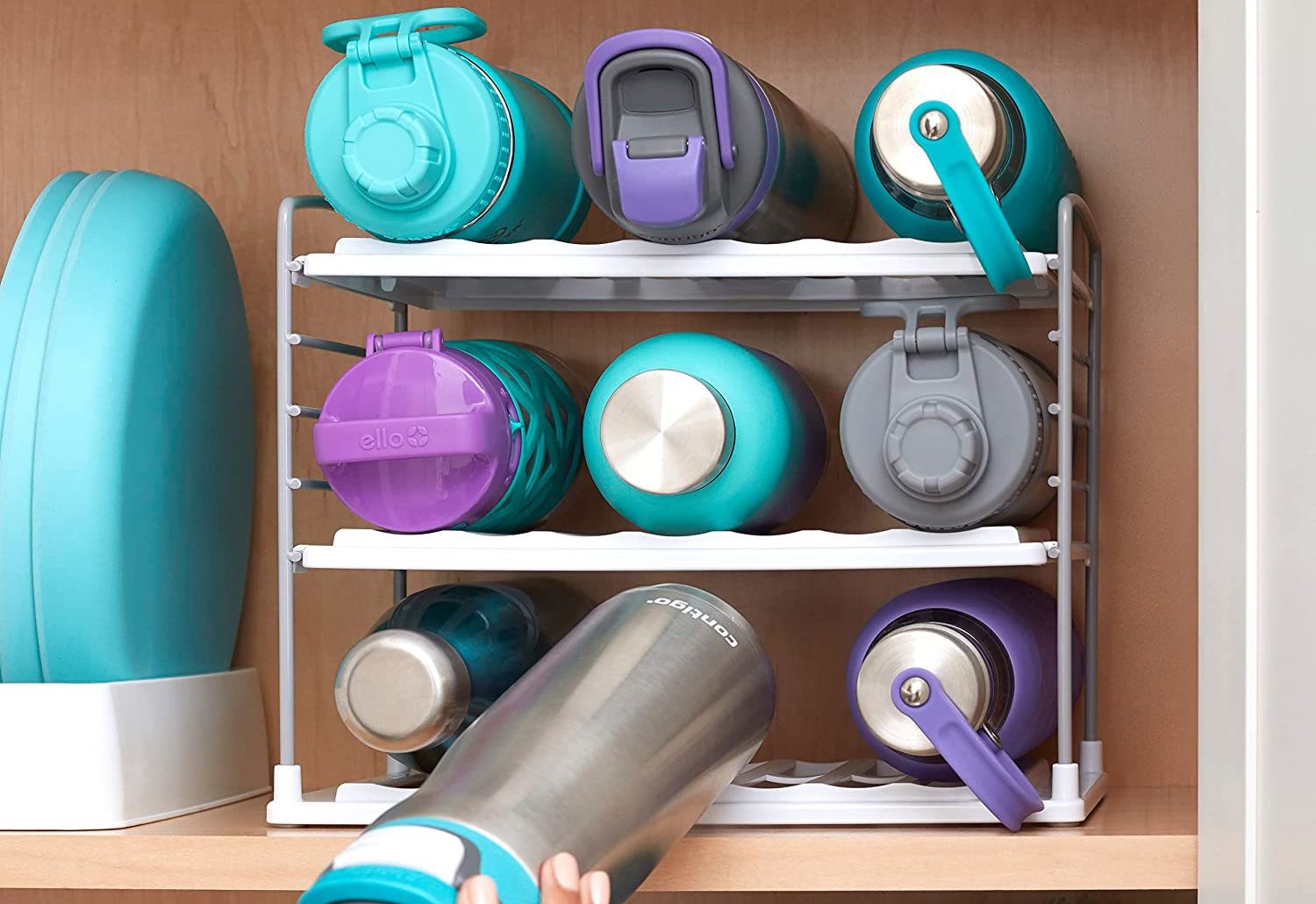
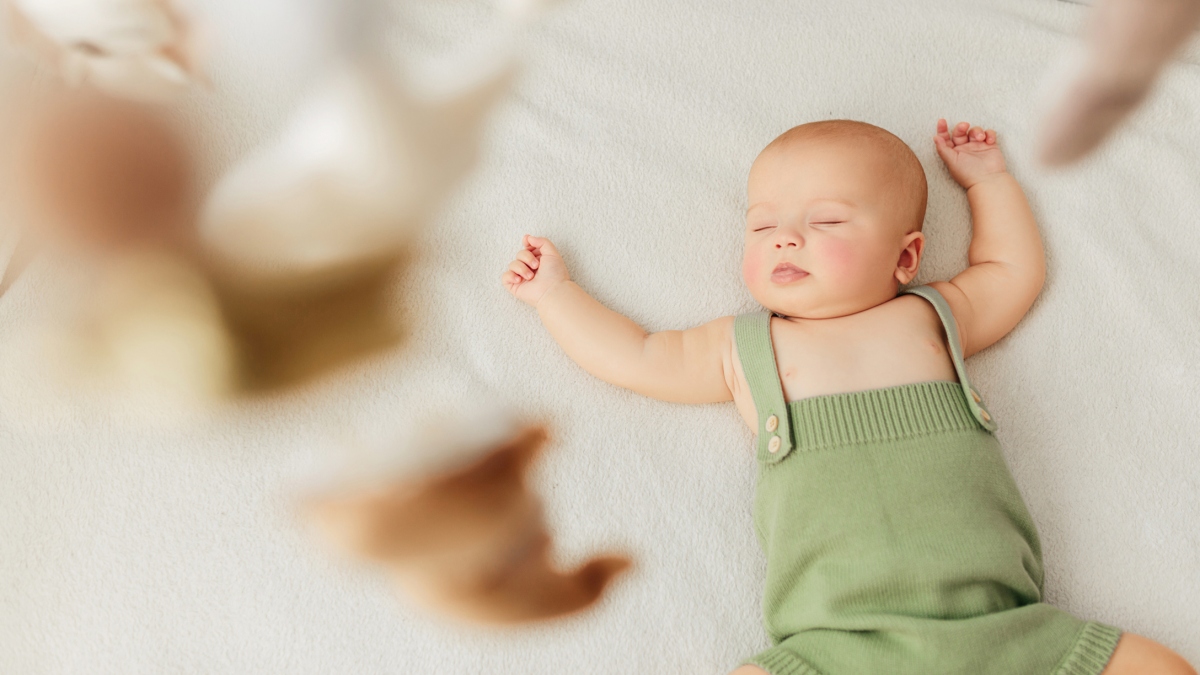
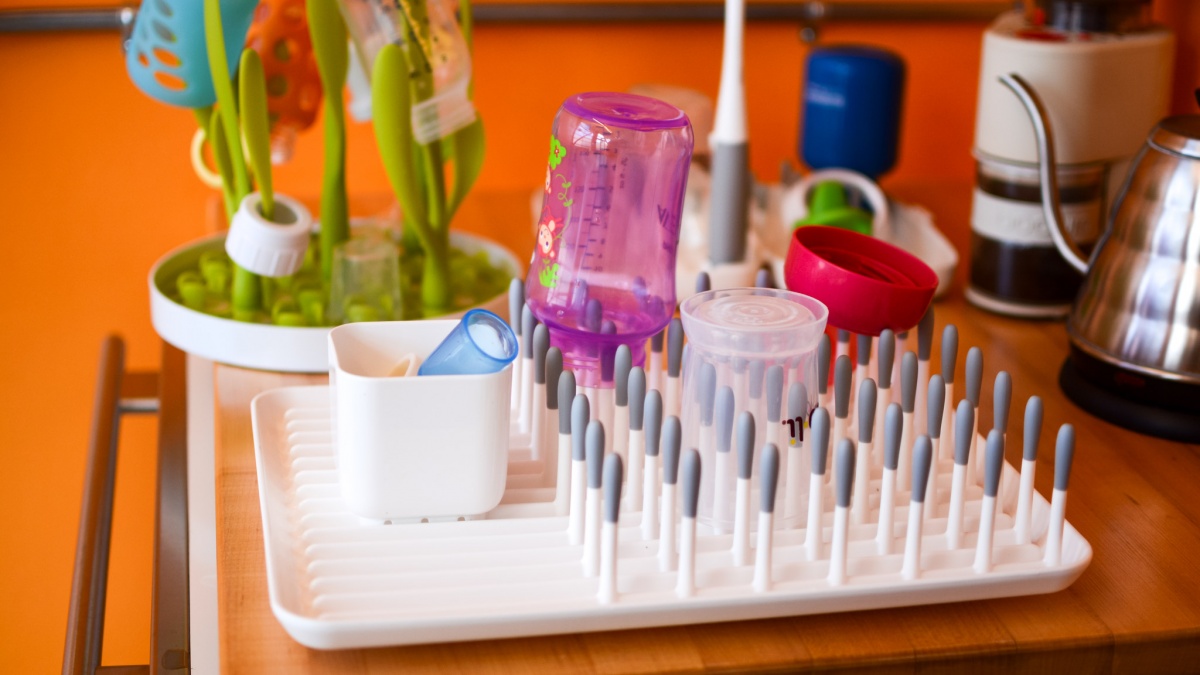
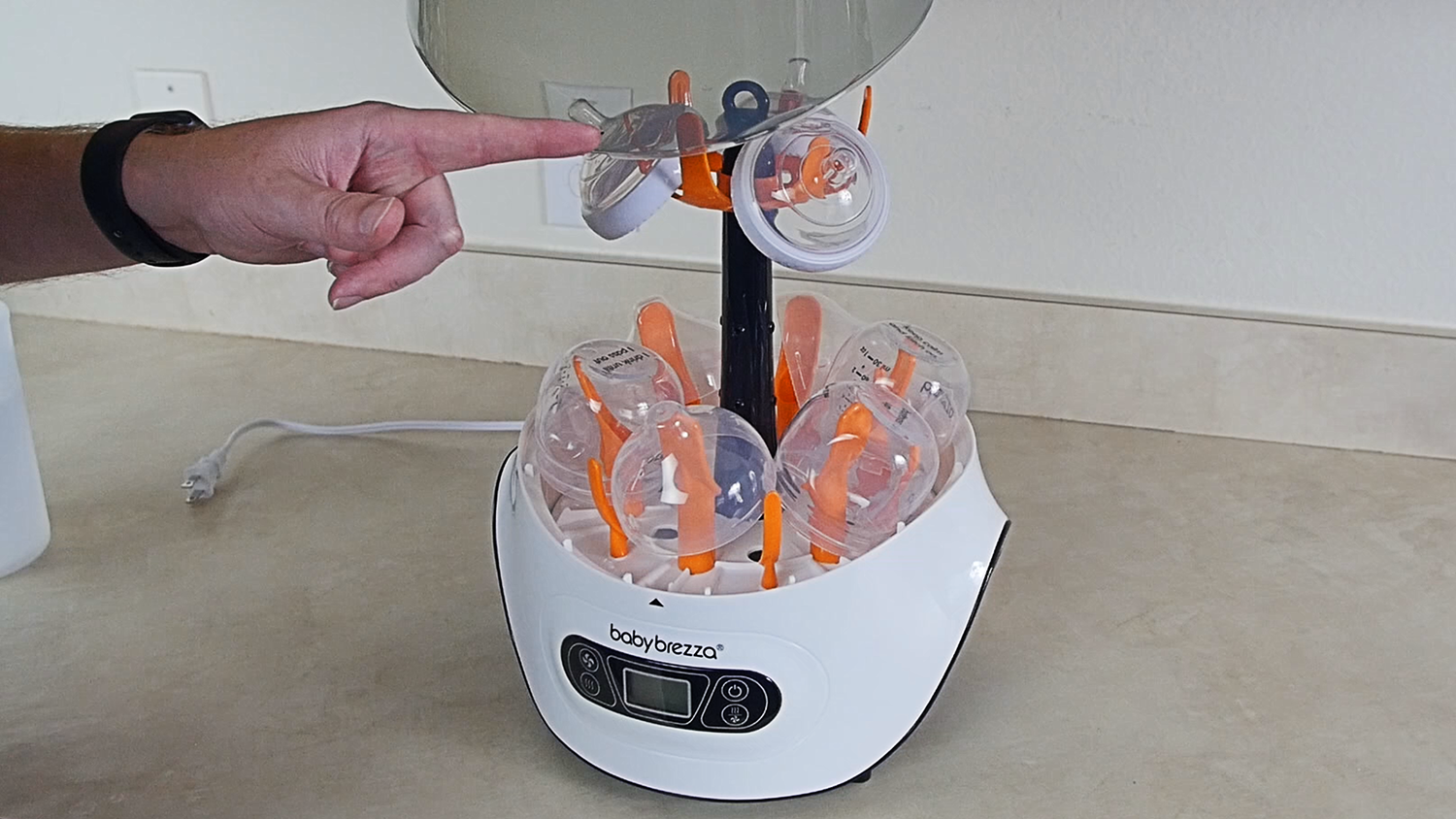
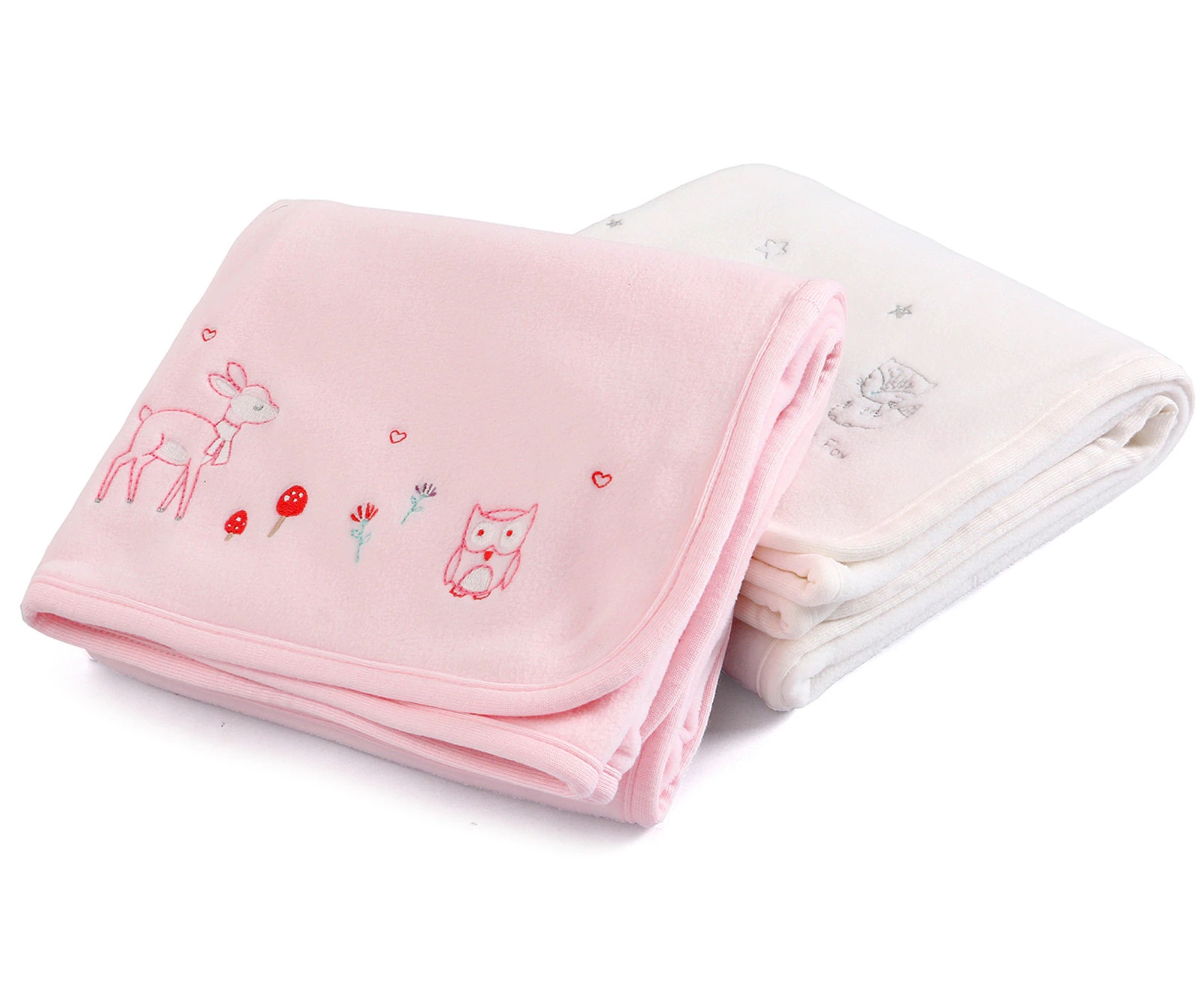

0 thoughts on “How To Store Clean Baby Bottles”